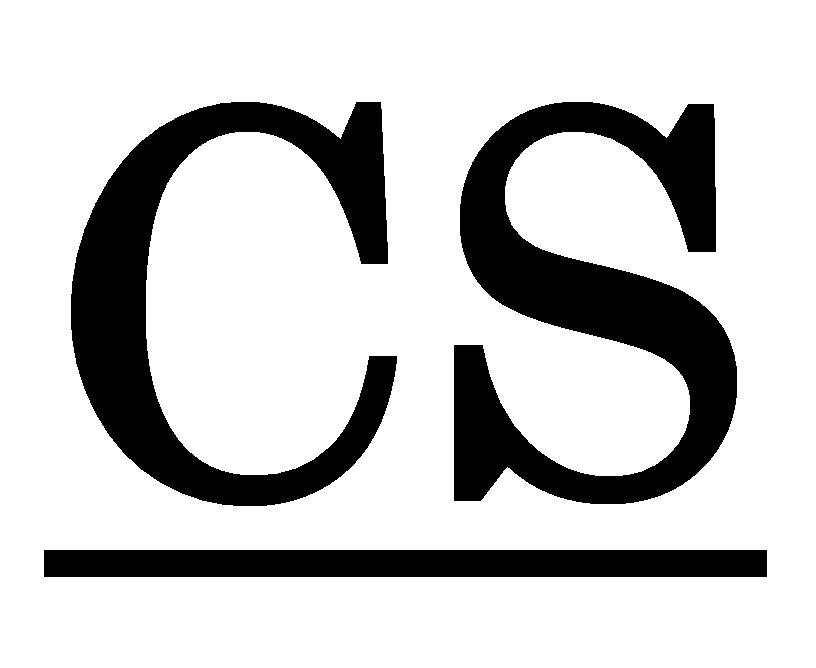CS_COMPLETE SUCCESS
144-C MODEL TOWN, PHAGWARA, NEAR ELECTICITY BOARD, PUNJAB - 144401
MOBILE:- -9501433143
-9041115234
Email:-
completesuccessforyou@gmail.com
Facebook:- https://www.facebook.com/bankpocoachingcenter Facebook
page:- https://www.facebook.com/CompleteSuccess.cs
